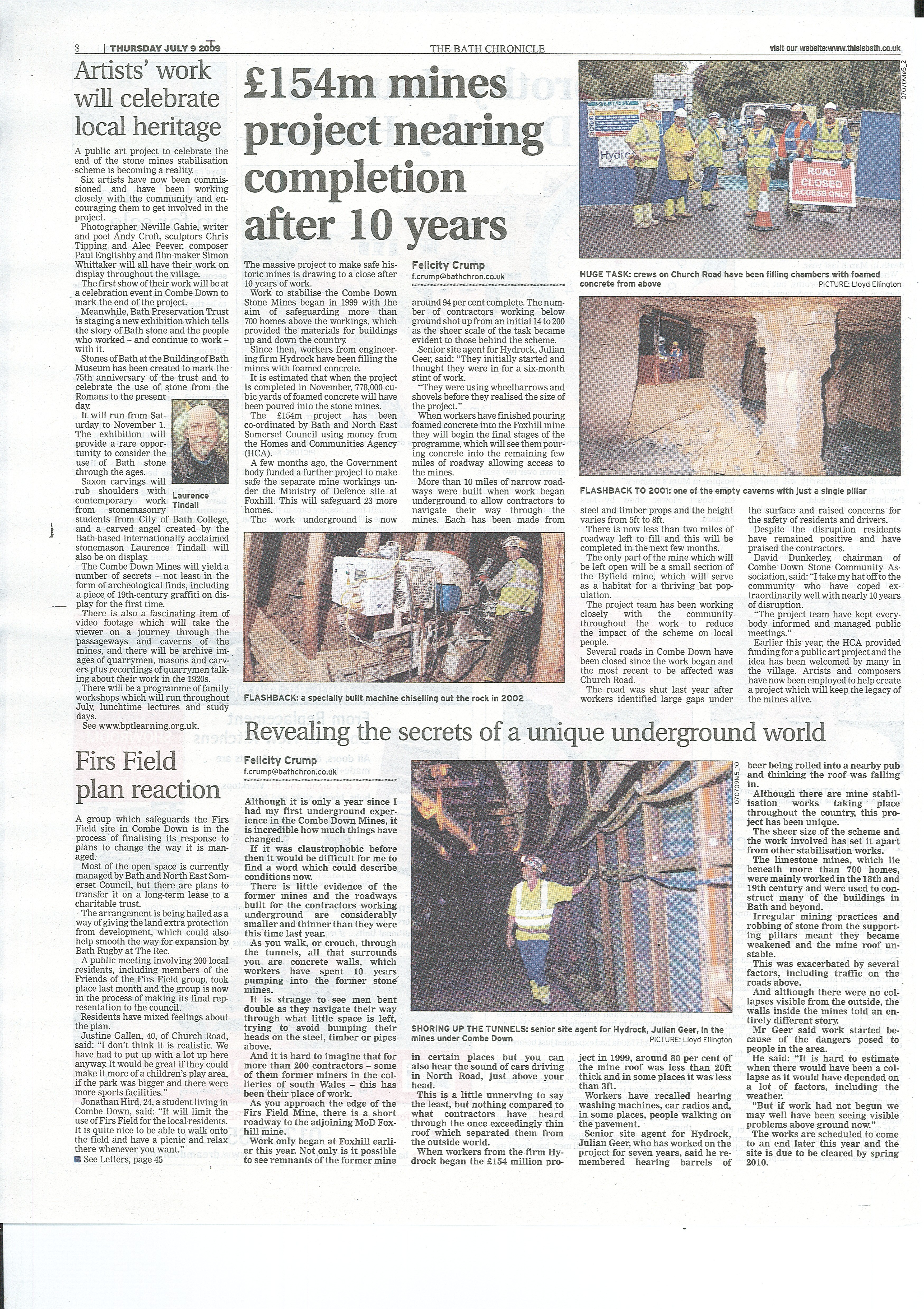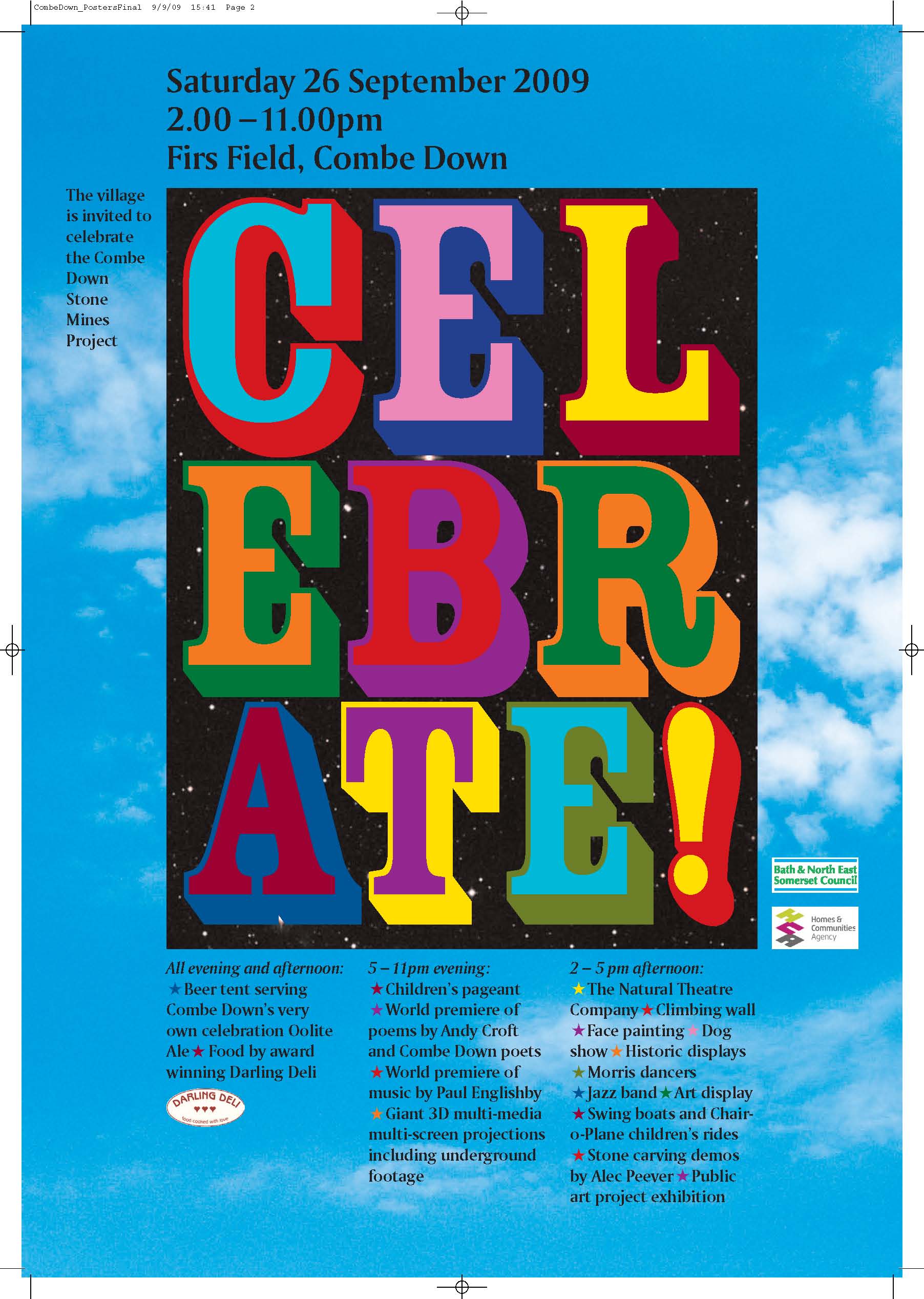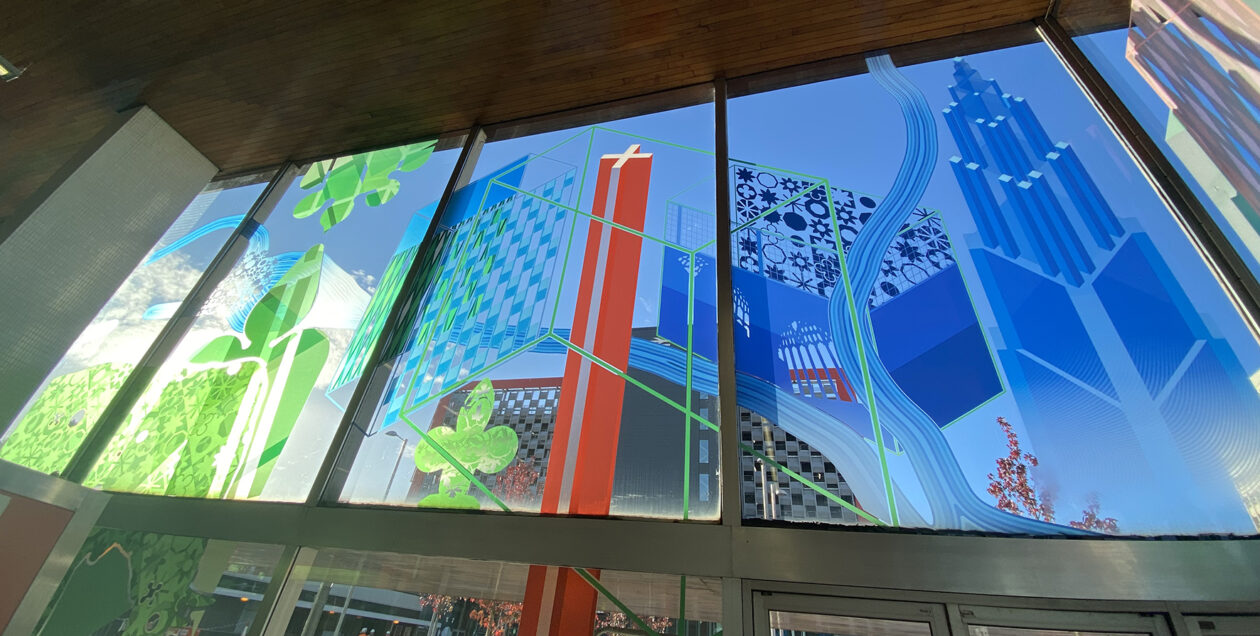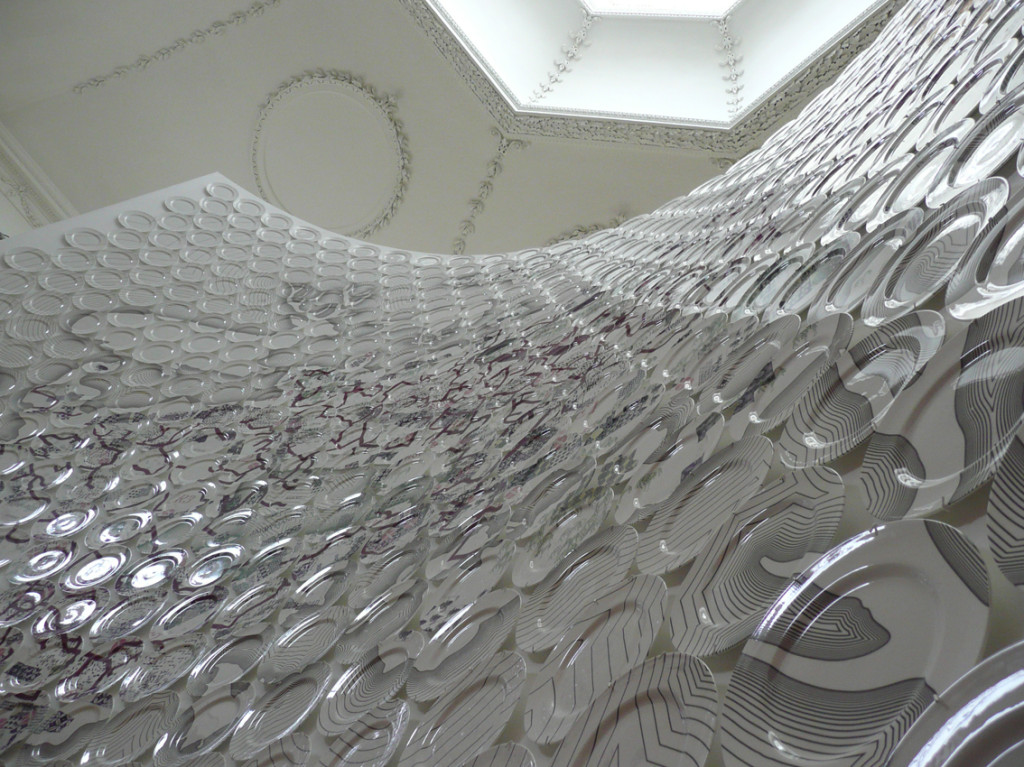In December 2008 I was commissioned, along with a number of other artists, to respond to the Combe Down Stone Mines Stabilisation Project, which was nearing completion after a 10 year ambitious and ground-breaking engineering-led programme.
The Combe Down Stone Mines Project was a major project undertaken by Bath & North East Somerset Council to stabilise abandoned limestone mine workings in the village of Combe Down and preserve the Health & Safety of the area. The aim of the Project was to remove the current threat to life and property of those living, working in and travelling through the Combe Down area. Collapse of the old mines, which in some instances, lay just metres beneath the surface, was a real possibility. In doing this, the Project ensured that the internationally recognised heritage, wildlife and environmental properties of the area were conserved for future generations.
The Combe Down Stone Mines Stabilisation Project was finally completed in 2010, with 25 hectares of very shallow limestone mines flooded with approximately 600,000 cubic metres of foamed concrete, the largest project of its kind in the world. Over the preceding 200 years some 700 houses had been built over the mines from which the stone was extracted to build Georgian Bath.
The project site of Combe Down, a village on the outskirts of Bath, falls within the World Heritage Site of Bath.
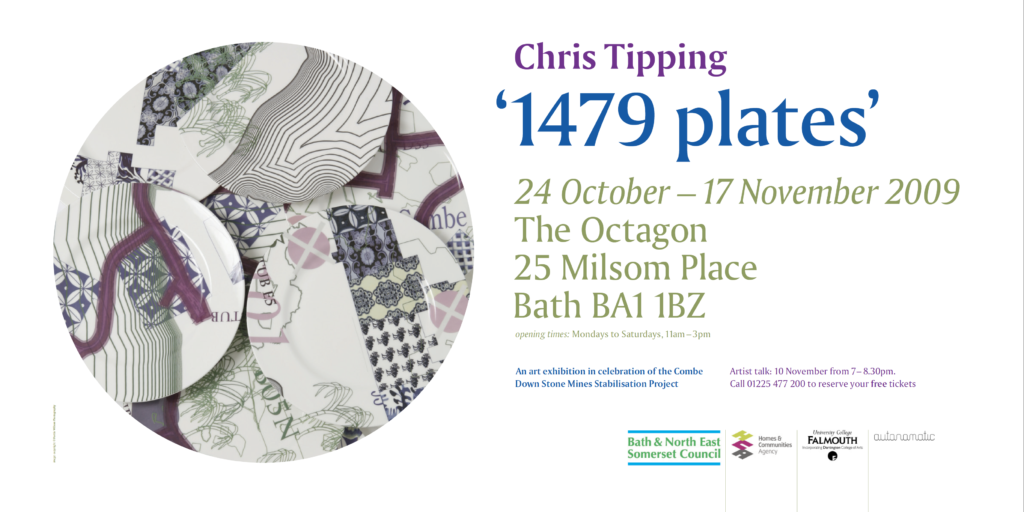
The arts project team was managed and led by Art Consultants Frances Lord and Steve Geliot. “To celebrate the end of the Combe Down Stone Mines Stabilisation Project the Homes and Communities Agency (HCA) granted £250K funding for commissioning public art. The Combe Down Public Art Project was the result of two years of activity, events, residencies and commissions”. Frances Lord
‘1479 plates’ Art Budget: £54,000.00
Client:Bath & North East Somerset Council funded by the Homes and Communities Agency, formerly English Herirage. https://www.homesandcommunities.co.uk/combe-down-stone-mines
Agencies: Project Managers: Provelio. Main Contractors: Hydrock & Scott Wilson Specialist Consultants: Oxford Archaeology, ‘Autonomatic’ & Digital Ceramic Systems, Stoke on Trent.

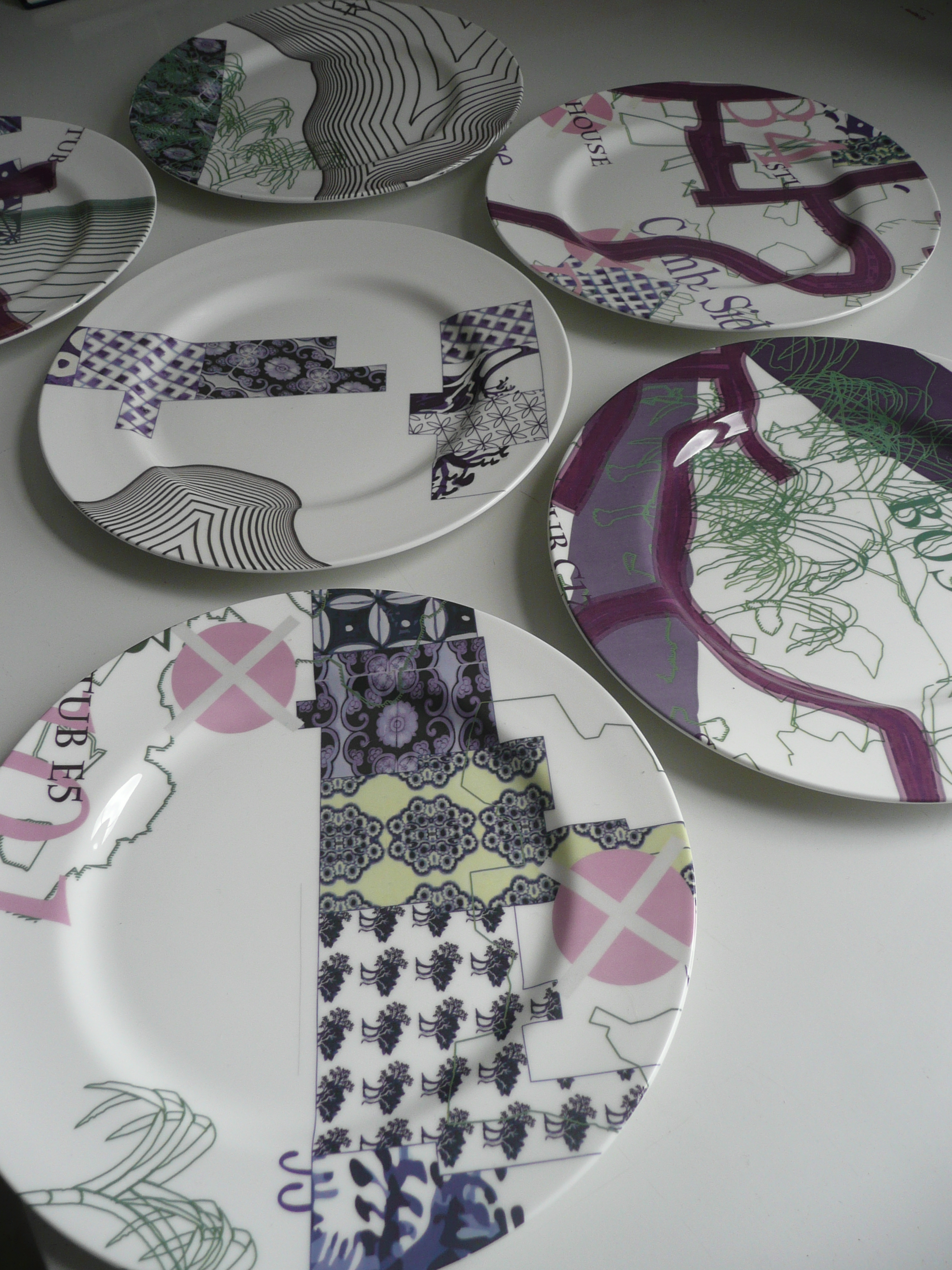
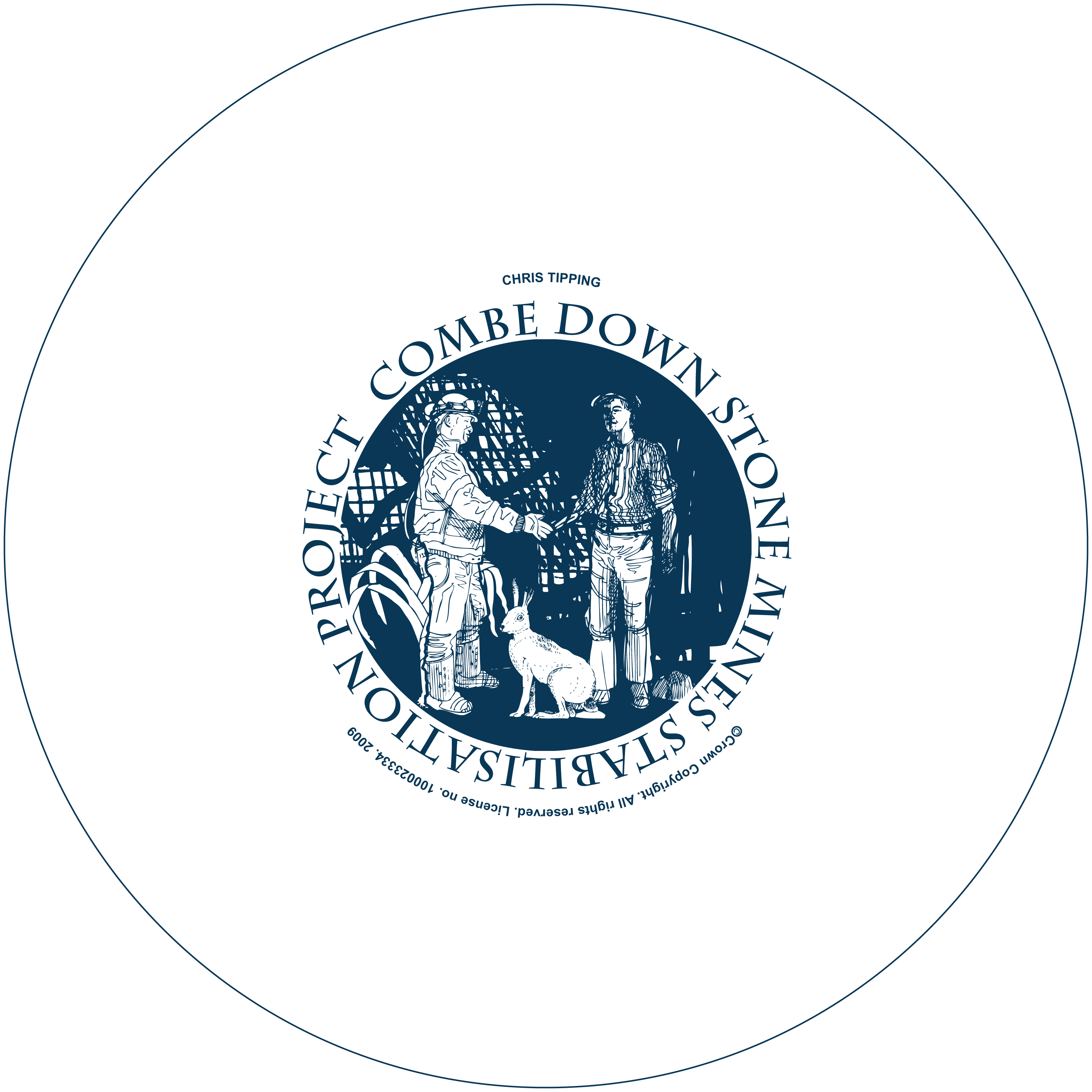
A 21st Century Miner greeting a 19th Century Stone Miner. Archaeologists found a single bone of the Hare whilst excavating & recording the stone mines – ‘probably someone’s lunch!’. The leek represents the 21st Century mine workers who mostly came from South Wales.



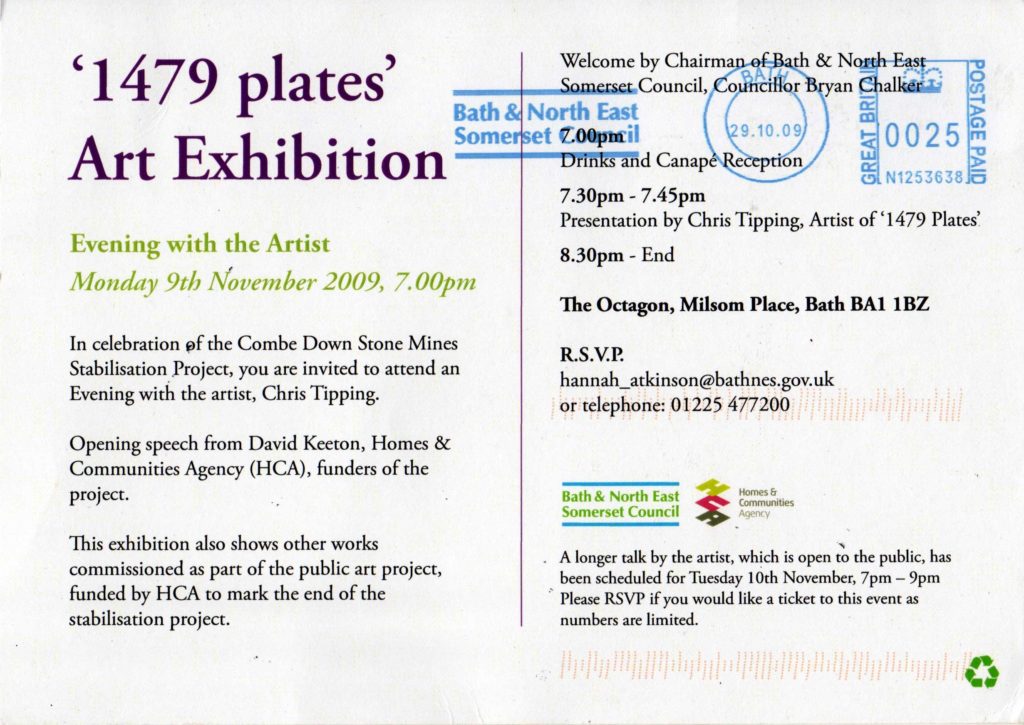


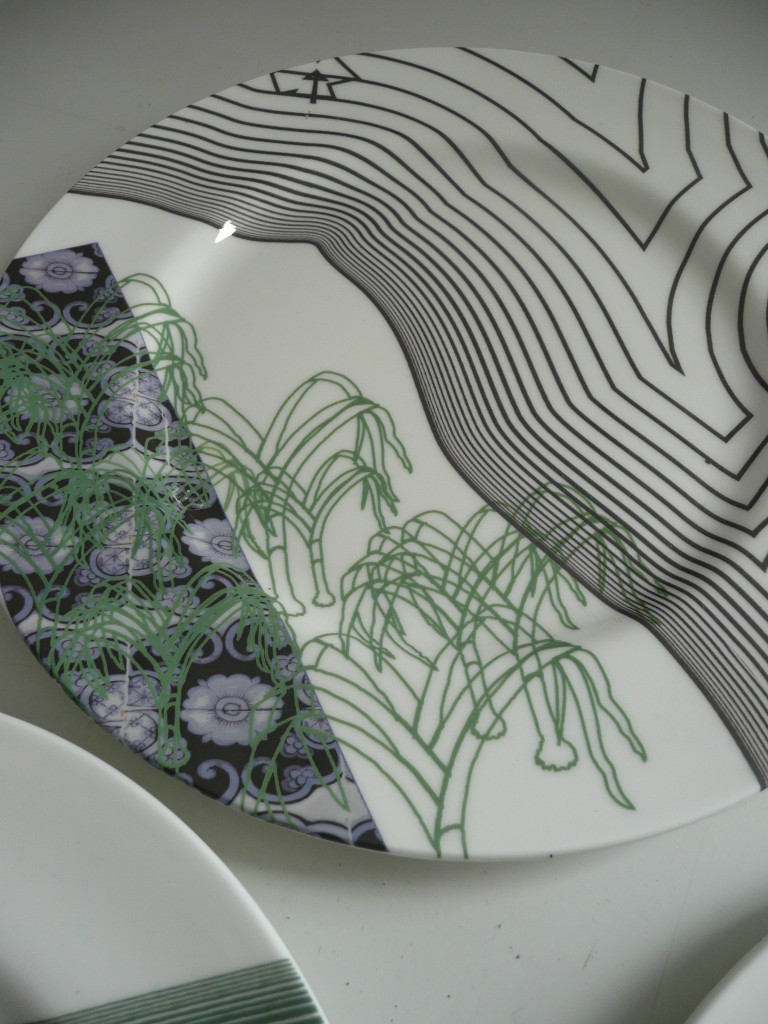
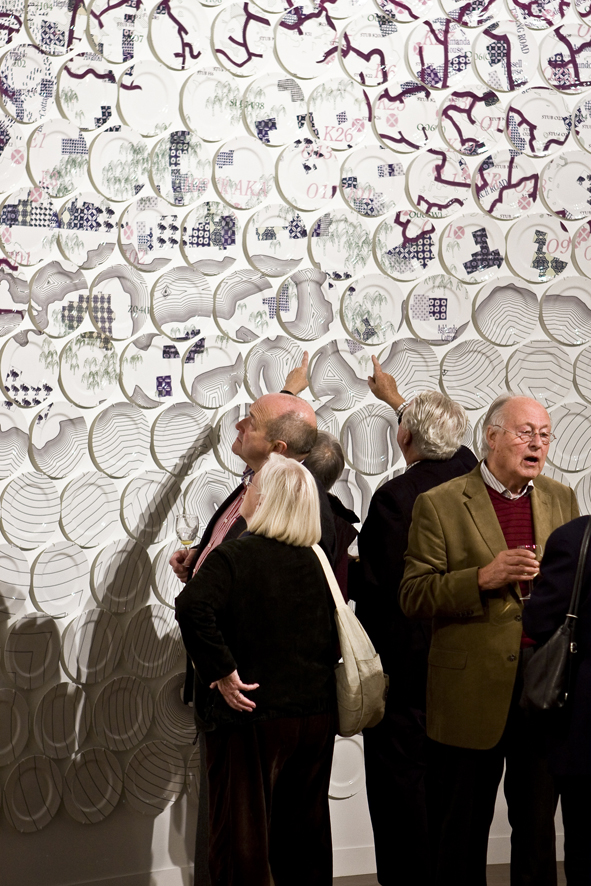
The installation work ‘1479 plates’, was exhibited at The Octagon, an 18th Century Chapel in Bath, and featured a map of 788 bone china dinner plates , which explores the relationship between present day engineering and mining technology, stone mines heritage, archaeology, natural history, and two 18th Century entrepreneurs of the English Enlightenment, Ralph Allen and Josiah Wedgwood. The work was created in collaboration with ‘Autonomatic’ – 3D Digital Research Cluster at University College Falmouth. The plates were displayed on a curving monolithic wall, redolent of the architectural terraces in Bath, built with the stone from the mines. The exhibition was constructed and managed by REM, Richmond Event Management.
The local community was widely consulted and was from the outset a supportive and creative project champions group, attending meetings and contributing significantly to the outcome of the works. I often stayed with local families, which was a very engaging way of collaborating away from the formal meetings and group sessions.

The image above is an A0 size print made to commemorate the project which has the names of all the Miners employed by Hydrock who worked on and contributed to the Combe Down Stone Mines Stabilisation Project. Printed by Digital Arte.


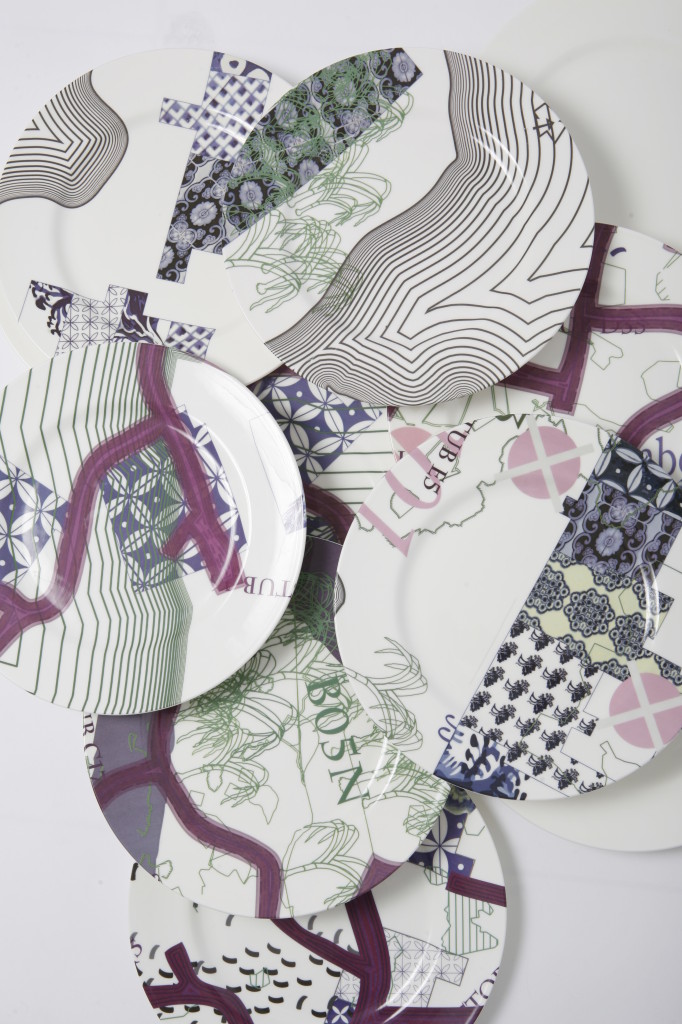
691 households affected by the stabilisation works were gifted a ceramic plate – one small part of the map – representing not only the individual household but the mining underworld beneath it. Following their display at The Octagon, the original 788 dinner plates were donated to form a large scale permanent installation in Combe Down village at some point in the future.
